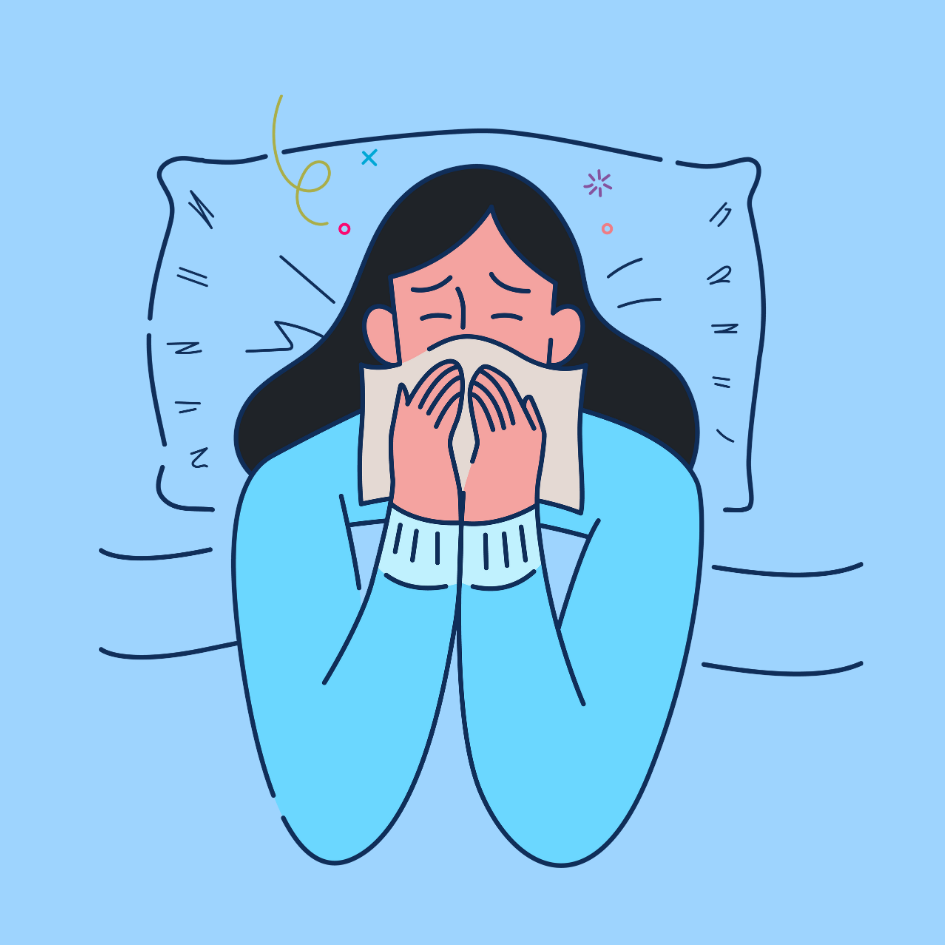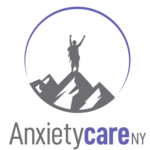
Emetophobia
Common Compulsive Behaviors in Emetophobia
- Trying new foods
- Drinking alcohol
- Being around certain odors
- TV/movies with scenes of vomiting
- Bumpy travel (e.g., planes, boats, car rides)
- Words and phrases like vomit, hurl, puke, and throw up
- Places or situations where others may possibly gag or vomit
- People who are ill
- Babies who may spit up
- Amusement parks
Common Compulsive Behaviors in Emetophobia
- Excessively checking expiration dates
- Planning escape routes when out
- Hypervigilance about gastrointestinal symptoms
- Carrying extra nausea medication
- Eating out at only “safe” restaurants
- Carefully eating on days before outings
- Constant monitoring of body sensation
- Mental rituals, such as repetitive counting
- Frequent hand washing or use of hand sanitizers
Emetophobia Treatment in Rockville Center, NY
Emetophobia, the intense fear of vomiting or nausea, can significantly impact your daily life, causing avoidance behaviors and anxiety. Fortunately, there are highly effective treatments available to help you overcome this phobia and reclaim control.
Cognitive Behavioral Therapy (CBT) with Exposure and Response Prevention (ERP)
This gold standard treatment for emetophobia addresses the root of the fear by gradually exposing you to your triggers in a safe and controlled environment. Here’s how it works:
- Identifying Triggers: You’ll work with a therapist to identify specific situations, thoughts, or physical sensations that trigger your anxiety. This could be anything from seeing vomit to experiencing nausea after eating certain foods.
- Creating an Exposure Hierarchy: Together, you’ll create a list of your triggers ranked by anxiety level, starting with the least anxiety-provoking and gradually progressing to more challenging ones.
- Exposure: Through guided exercises, you’ll be gradually exposed to your triggers. This might involve watching videos of vomiting, imagining scenarios, or even spinning in a controlled way to induce mild nausea.
- Response Prevention: A crucial part of ERP is resisting the urge to engage in safety behaviors that temporarily reduce anxiety, such as excessive reassurance-seeking or avoiding certain foods. By sitting with the discomfort without these behaviors, you learn that the feared outcome (vomiting) is unlikely and the anxiety eventually subsides.
Acceptance and Commitment Therapy (ACT)
This therapy can be a powerful complement to CBT by helping you manage the emotional aspects of emetophobia. ACT teaches you to:
- Mindfully Observe: Develop awareness of your thoughts and feelings related to vomiting without judgment.
- Accept Uncomfortable Feelings: Recognize that anxiety is a normal response, but it doesn’t have to control you.
- Commit to Your Values: Identify what truly matters to you in life and work towards living a fulfilling life, even if fear is present.
Through ACT, you’ll learn to accept the possibility of vomiting without letting it dictate your choices. This empowers you to engage in activities you value, even in the presence of fear.
Emetophobia Therapy at Anxiety Care NY
At Anxiety Care NY, we are here to help. We will collaborate with you and tailor treatment to your unique needs, skillfully integrating different evidence based strategies to make treatment most effective. Our experience and expertise will help you overcome this lesser known phobia and find long-lasting relief.
Emetophobia Treatment in Rockville Centre, NY
Engage in behaviors that are important to you, even in the presence of fear. Therapy in Rockville Centre and online across NY & NJ. Contact us.

